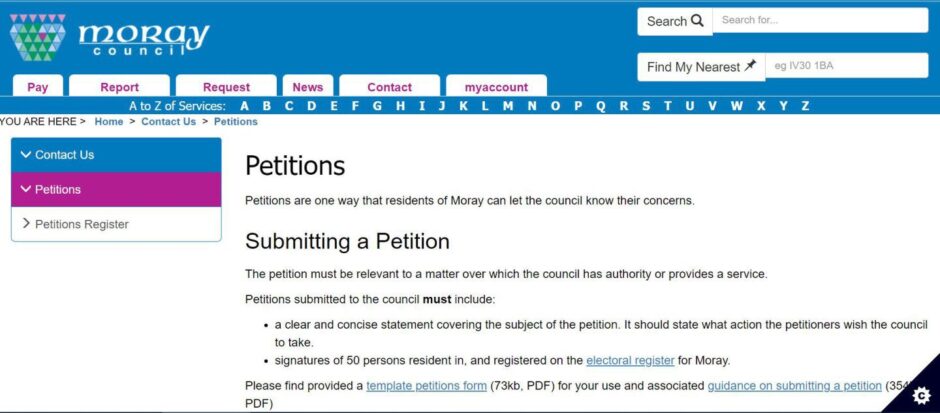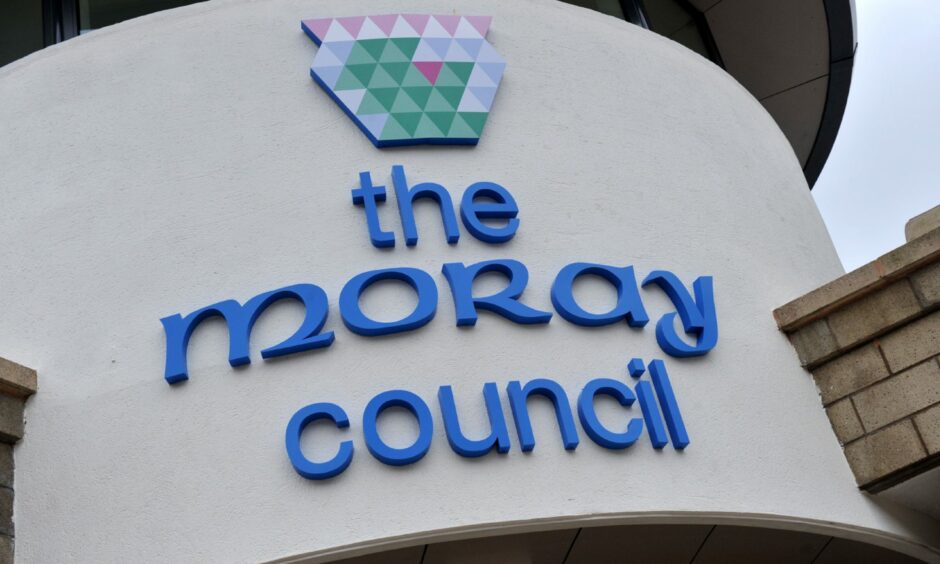Seagulls on the roof at Speyside High School and the closure of public toilets in Tomintoul have something in common.
They are both topics that prompted people to petition Moray Council.
A formal process was adopted by the local authority in 2013 to make it easier for communities to raise problems impacting them.
Since then, 29 have been submitted.
‘Disappointing’
However, only three have been considered valid – the last one almost seven years ago.
They include a request for a by-law to prevent goose and duck shooting in Findhorn Bay Local Nature Reserve in December 2015.
Also a call for the council to replace windows at a house in Brodie Avenue, Buckie as a matter of urgency, was lodged in June that year.
And the erection of a safety barrier on the Dufftown to Keith Road was asked for in October 2017.
While the Brodie Avenue windows were eventually replaced, the safety barrier was not considered necessary.
No by-law has been introduced at Findhorn Nature Reserve, but a permit system for shooting was brought in.
Why are petitions rejected?
The petitions policy requires the full names and addresses – including postcode – of at least 50 people, who must be on the electoral register in Moray.
And contact details must be included for the lead petitioner.
Many were rejected because they did not have full addresses for the signatories.
That is one of the reasons a petition to stop speeding on Elgin High Street was refused.
It was also in an incorrect format.
The one to save the toilets in Tomintoul was rejected because they were included in a public consultation

And the problems with seagulls on Speyside High in Aberlour was deemed invalid, because the council had no statutory duty to deal with the issue.
A disappointing result
The last petition – about whaling in the Faroes – was submitted two years ago.
Since then the council has introduced an online petition option, but that has yet to be used.
A separate process was introduced earlier this year so children can submit petitions.
Former Elgin North councillor Barry Jarvis was instrumental in getting the council to bring in a petitions policy.

He is disappointed the system does not appear to be working.
Mr Jarvis said: “I would say it’s disappointing that more folk have not engaged with it.
“And if it looks like a bit of a hassle then folk are not going to jump through hoops to do it.
Too complex?
“The council’s petitions process shouldn’t be too complex that it stops folk taking part.
“And it’s about awareness. Communities need to know about it and how to use it properly.”
A council spokesperson highlighted several ways the authority interacts with the public.
They included everything from budget and planning consultations to social media.

The spokesperson said: “The petitions process is a safety net which allows people to raise an issue formally through a council meeting.
“It’s clearly set out on our website and councillors are aware that it is there.”


Conversation